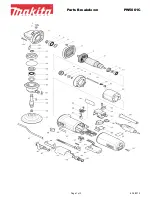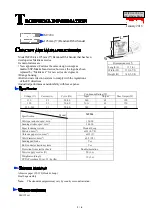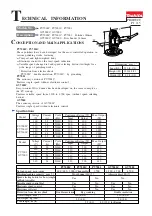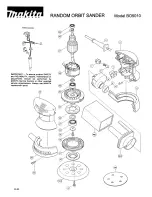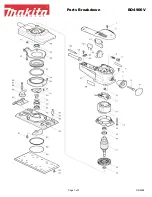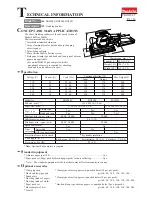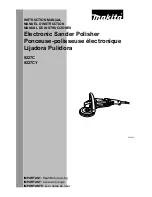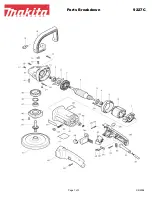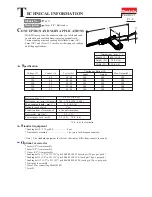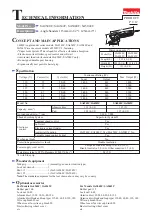
-28-
For Machines Mfd. Since 10/20
South Bend Tools
Model SB1093
O P E R A T I O N
Note:
Make sure the gap between the table
and sanding belt is no more than
1
⁄
16
". Loosen
table lock knobs and adjust as necessary (see
Figure 41
).
5.
Loosen tilt lock lever, pull indexing pin and
stand belt sander to vertical position, then
tighten tilt lock lever.
Figure 41. Proper sander table gap.
1
⁄
16
" Gap
Between Table
and Sanding Belt
Do not operate this equipment when wearing
loose clothing, gloves, neckties, rings,
bracelets or other jewelry that might get
caught in the moving belt. Serious personal
injury may result. You must re-install the idler
roller and sleeve guard before performing
edge or horizontal sanding operations.
Performing Vertical Sanding
1.
Make sure the sanding belt is tensioned
correctly (see
Tensioning Sanding Belt
on
Page 30
).
2.
Make sure belt tracking is correctly set (see
Tracking Sanding Belt
on
Page 31
).
3.
Adjust angles of work table and miter gauge
for operation.
4.
Turn sander and dust collector ON.
5.
Place workpiece on table and firmly against
the miter gauge.
6.
Slowly and with light pressure, move
workpiece into sanding belt. See
Figures
42–44
for examples of vertical belt sanding.
Figure 42. Example of end grain sanding.
Figure 44. Example of sanding round workpiece in
vertical position.
Figure 43. Example of vertical miter sanding.































